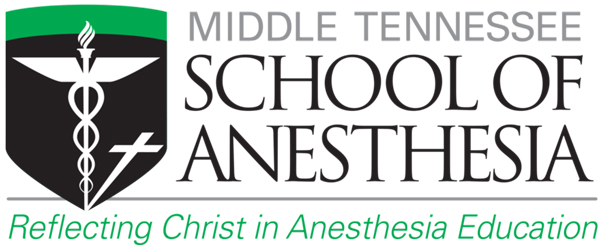Virtual Evidence-Based Poster Session
CE Content:
- GLP-1 Agonists and Aspiration Risk
- VR in Nurse Anesthesia Education
- AI in the World of Regional
- PONV, Sugammadex Use, Pain Block Comparison & More
SUBSCRIBER INSTRUCTIONS
Participants will need a computer with internet connection sufficient for streaming media. The activity is a self-paced paper. The online module order is as follows:
2. Post-test
3. Learner Self Evaluation (included in Post-test, linked above)
All components of the activity are taken online. The assessment and post-test will remain locked until the learning module is completed. To receive credit, participants must (1) read the target audience, learning objectives, and disclosure statements, (2) complete the educational activity online, and (3) complete the post-test and activity evaluation.
It is estimated that this activity will take approximately 2 hours to complete. To receive 2 credits, the learner must receive a minimum score of 80% on the post-test. Two attempts are permitted to reach 80% score.
The Certificate of Completion will be sent directly to the participant once all requirements have been met and verified by the Continuing Education Coordinator and available for download.
Target Audience:
Student registered nurse anesthetists Certified registered nurse anesthetists Anesthesia educators
Clinical preceptors
Local community members
Disclosures:
Individuals involved in the planning, reviewing or execution of this activity have indicated they have no relevant financial relationships to disclose.
Program Description:
This Continuing Education (CE) program will equip participants with the knowledge to identify the prevalence of chronic shoulder pain, apply nursing theory to develop patient educational tools, and evaluate non-surgical interventional treatments. Additionally, participants will learn the mechanisms of action for various therapies and develop treatment plans to improve patient quality of life.
Learning Objectives:
At the conclusion of this activity, participants will be able to:
1. Assess how GLP-1 agonists impact gastric residual volumes and aspiration risk and determine best practices for preoperative management.
2. Evaluate the role of AI in improving image identification and provider performance in ultrasound-guided regional anesthesia.
3. Examine how Enhanced Recovery After Surgery (ERAS) protocols impact the incidence of postoperative nausea and vomiting.
4. Compare tight versus loose glycemic control strategies in cardiac surgery and their impact on postoperative morbidity and complications.
5. Analyze the effectiveness of virtual reality simulation in anesthesia education compared to traditional mannequin- based simulation.
6. Assess the relationship between perioperative magnesium administration and recurarization following sugammadex reversal.
7. Identify key risk factors that contribute to failed epidural conversion in cesarean sections and strategies to minimize the need for general anesthesia.
8. Evaluate the safety and efficacy of sugammadex for neuromuscular blockade reversal in parturients undergoing non-obstetric surgery.
9. Compare the hemodynamic effects of remimazolam versus propofol for induction of general anesthesia.
10. Differentiate between Hunter’s and Sternbach’s criteria for diagnosing serotonin syndrome in perioperative patients.
11. Evaluate the impact of intraoperative methadone on postoperative pain scores and opioid consumption.
12. Assess the effectiveness of erector spinae plane blocks in reducing postoperative opioid consumption and improving pain control in cardiac surgery patients.
13. Analyze the role of dexmedetomidine in preventing postoperative shivering after neuraxial anesthesia for cesarean sections.
14. Examine the effectiveness of esophageal temperature monitoring, cooling, and retraction strategies in reducing esophageal injury during cardiac ablation procedures.
15. Compare cadaver-based simulation to other training modalities in improving anatomy identification and needling technique in UGRA.
16. Evaluate the effectiveness of a mobile application in educating patients on non-surgical interventional pain management techniques for chronic shoulder pain.
17. Analyze the legislative, advocacy, and professional strategies used to successfully achieve CMS opt-out status for CRNAs.
18. Assess the impact of PECS I and II blocks on postoperative pain control, opioid consumption, and recovery outcomes in mastectomy patients.
19. Compare the analgesic efficacy, opioid-sparing effects, and postoperative outcomes of quadratus lumborum block versus transversus abdominis plane block for post-cesarean section pain management.
20. Evaluate the effectiveness of an educational training toolkit in improving anesthesia providers’ knowledge and confidence in TAP blocks for cesarean deliveries.








